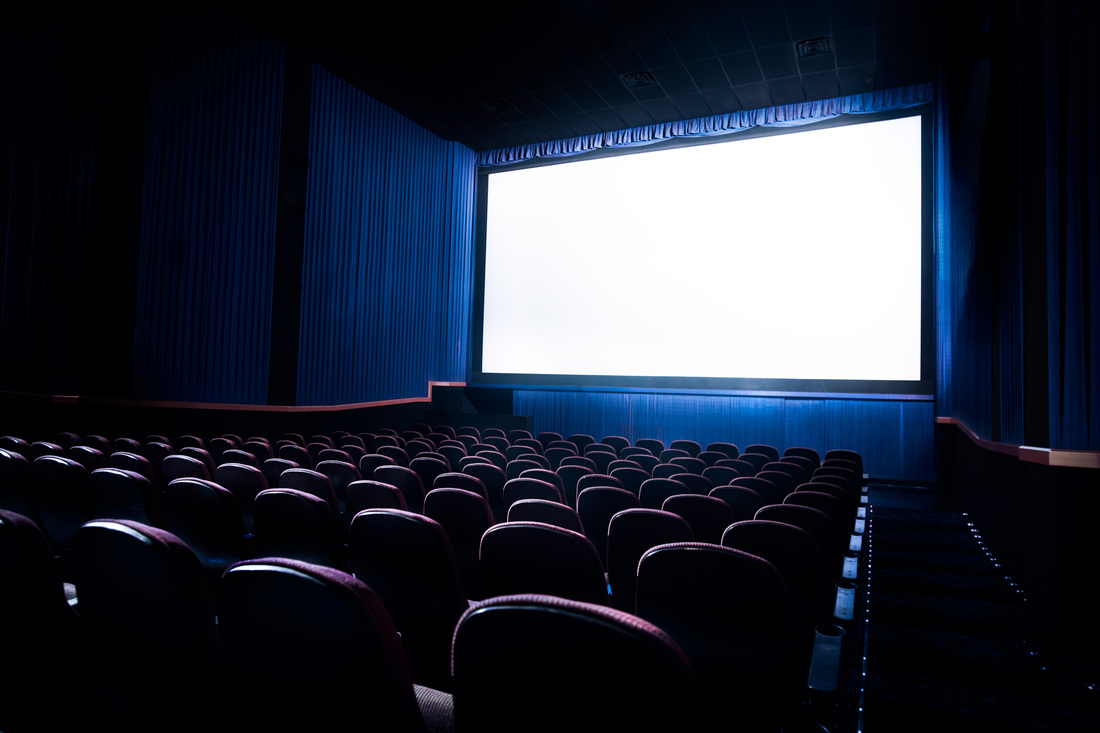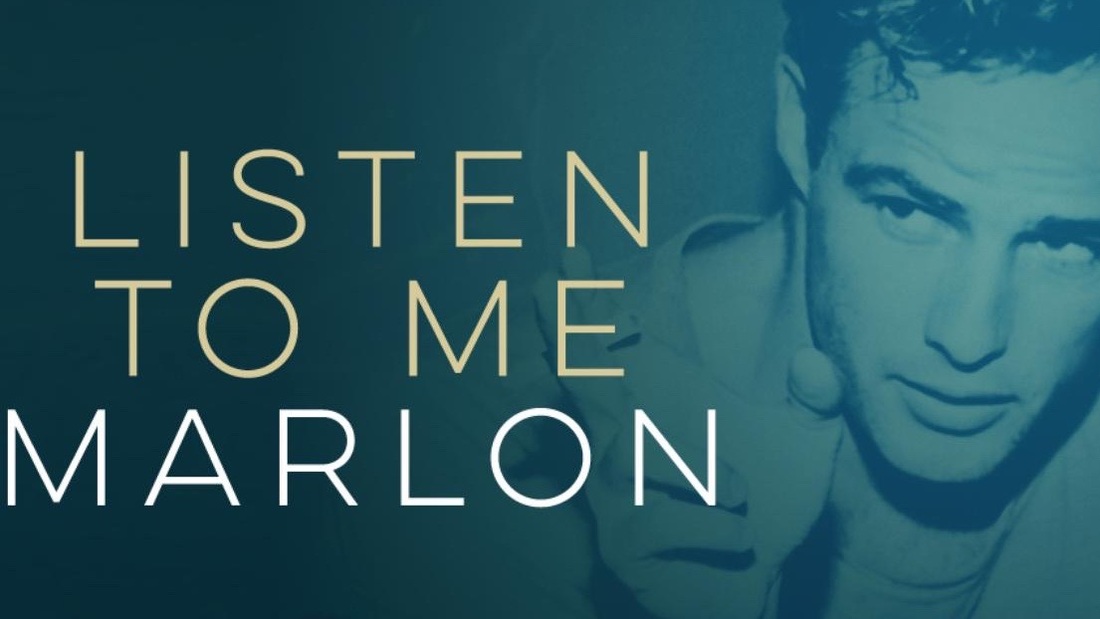by Nicolas Pinzon

While in the process of making a film, we usually develop huge expectations about the finished product and it’s easy to become overly fixated in our vision of the look, the character, or the overall project. But this mentality can hinder the collaborative nature of filmmaking. The writer owns the story; but only until the director takes it, or even earlier, when a second writer is hired to re-write. This dynamic can be very painful for many writers. But even if you are a writer-producer and have more creative control over the story, you should always approach a new director with openness towards what he or she might suggest. It’s not about saying yes to everything; it’s about having a willingness to truly and objectively consider new ideas that might take the film somewhere different.
Similarly, actors can feel very strongly about their character, but a good actor is one that is prepared to reconsider their original conception of the character in order to serve the story and the other characters in it. Having said that, a good actor also understands that his or her outlook is pivotal in the collaborative process of filmmaking and does not simply wait for the director to speak. It’s all about finding a balance, but that can be really hard to do, especially for some directors.
Many of us who direct have a tendency to micromanage the actors, the director of photography, the editor, the entire film. But in my humble opinion, this can be a mistake. The people we work with have chosen to do what they do because they are also creative, and they also have something to say. And with that in mind, they also probably have more experience with their specific skill than we do. How about letting the actors experiment? How about allowing the editor to have first cut? It sounds very simple, but many times we forget to do that. All I’m saying here is that your film is your film, but it’s also the film of everyone else working on it. Nobody wants the film they work on to end up being bad. And so it can be assumed that all of the creative people on set have the film’s best interest at heart. I believe films work best when we remember to allow our sets to be what they are: places full of artists and creators who want to work together to tell the best story possible.
What do you think?

 RSS Feed
RSS Feed